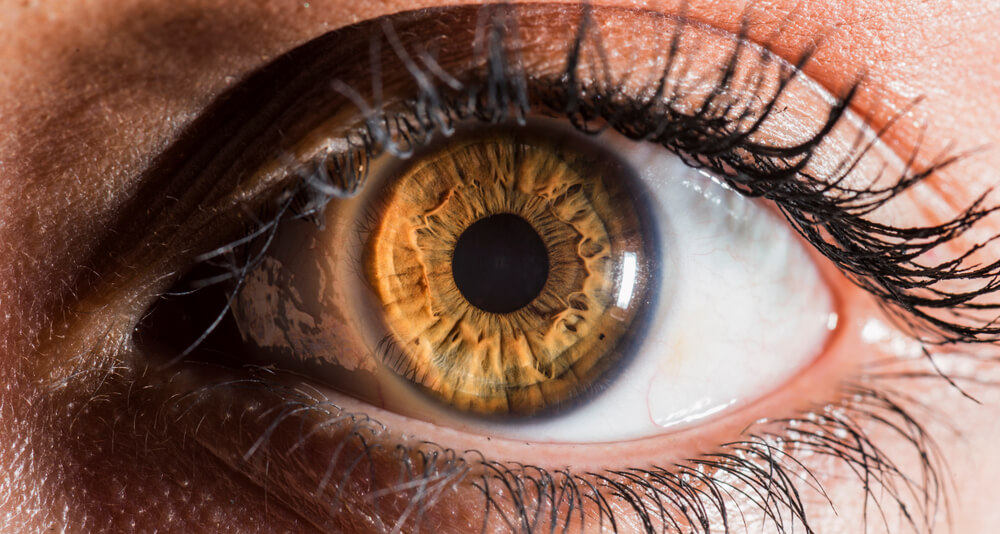

Even though this sounds pretty complex, it seems like it wouldn't be that much harder to tease out than green and brown eyes. My gut tells me this probably isn't the answer. In the new scheme, you would have brown eyes if you had B, hazel eyes if you had H but not B, green eyes if you had G but not H or B and blue eyes if you only had b. If this were true, the scheme for eye color would have to be changed. And maybe HEY is a bit like BEY2 and GEY in that it comes in two forms - one that makes enough melanin for hazel eyes ( H) and one that makes little or no melanin ( b). It may be that hazel eyes are the result of genes different from GEY and BEY2. There are lots of ways to get this level of melanin genetically. Most likely, hazel eyes simply have more melanin than green eyes but less than brown eyes. So how do you get eye color from all of this? If you have B you get brown eyes, G (but no B) you get green eyes and if you only have b, then you get blue eyes. One form of GEY makes some melanin ( G) while the other makes only a little ( b). One form of BEY2 makes lots of melanin (and is usually referred to as B) while the other form makes only a little ( b). Each gene comes in two versions or alleles.

Two genes, BEY2 and GEY, work together to make brown, green, or blue eyes. Brown eyes have a lot of melanin in the iris, green eyes have a medium amount, and blue eyes have little or no pigment. Eye color comes from genes that make melaninīrown, green and blue eye color comes from a pigment called melanin. But before that, it is important to go into more about eye color. So how might something like hazel eyes work? No one knows for sure, but I'll discuss some possibilities. So why don't we know more about the genetics of hazel eyes? Part of the reason comes from the difficulty of defining “hazel.” In other words, when is hazel actually brown? Or green?Īnother reason is that the inheritance is probably complicated, and not as "simple" as blue, green, and brown eyes. Hopefully you'll get an idea of how quickly genetics can get too complicated to figure out easily. For this answer, I'll focus on where hazel eyes might fit into the picture. Unfortunately, very little work has been done on eye colors other than blue, green, and brown. Scientists now know that eye color is a complex trait, influenced by at least 50 different genes. Editor’s note (): Some information in this article is out of date.


 0 kommentar(er)
0 kommentar(er)
